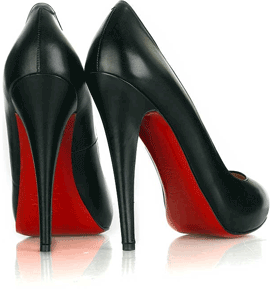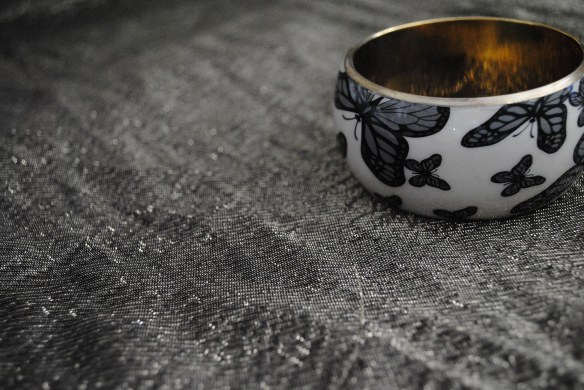In summer, weekends seem to book up pretty fast. Before you know it, your diary is full of weddings, holidays and festivals. Hoorah! The downside? The feeling that you are living out of a suitcase! I thought that this translucent travel bag would be an ideal sewing project for right now (and incredibly practical, did I mention?). I used PVC, grey polyester thread and a jacket zip which fully opens to allow easy access to your favourite health and beauty products.
Here’s how I did it:
- Draw out 1 x rectangular front, 1 x triangular side and 1x rectangular base pattern pieces onto graph paper (this makes it easier to achieve an accurate product). Remember to add your 1.5cm seam allowance. Cut out.
- ‘Pin’ or rather, stick, the pattern pieces down on to the plastic using tape (pins pierce the plastic so masking tape works much better). Cut out. Cut 2 x front (= front and back pieces) and 2 x side pieces.
- Tape then sew bottom of front and back pieces to longer side of base using a standard straight stitch (e.g. On a Bernina machine the length is on the 2.5 setting for a normal straight stitch. Consult your manual for other stitch variations).
- Tape then sew bottom of sides to base
- Tape then sew sides to front and back pieces
- Masking tape zip in place and use a tacking stitch to secure. Sew over using zipper foot. This bit is tricky as the zip slides around the plastic so take care here. The zip only needs to be attached at the longer sides – leaving it free to open more easily.
- Trim edges neatly with scissors and turn inside out so that seams are on the inside.
Voila! You could also experiment with different sizes and colours. I have some neon pink plastic which would make a pretty cool version which you wouldn’t lose easily! Happy Sewing 🙂














































